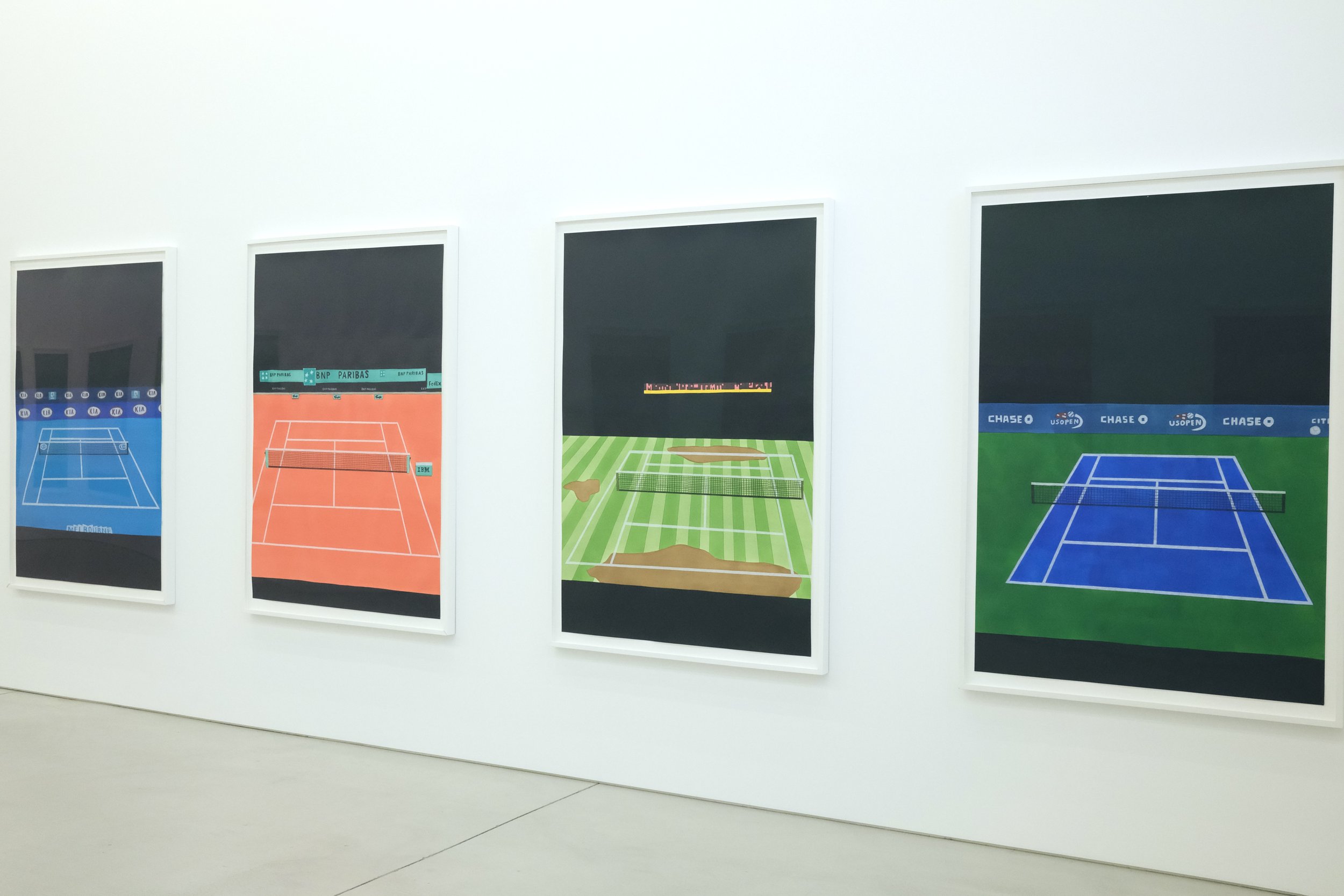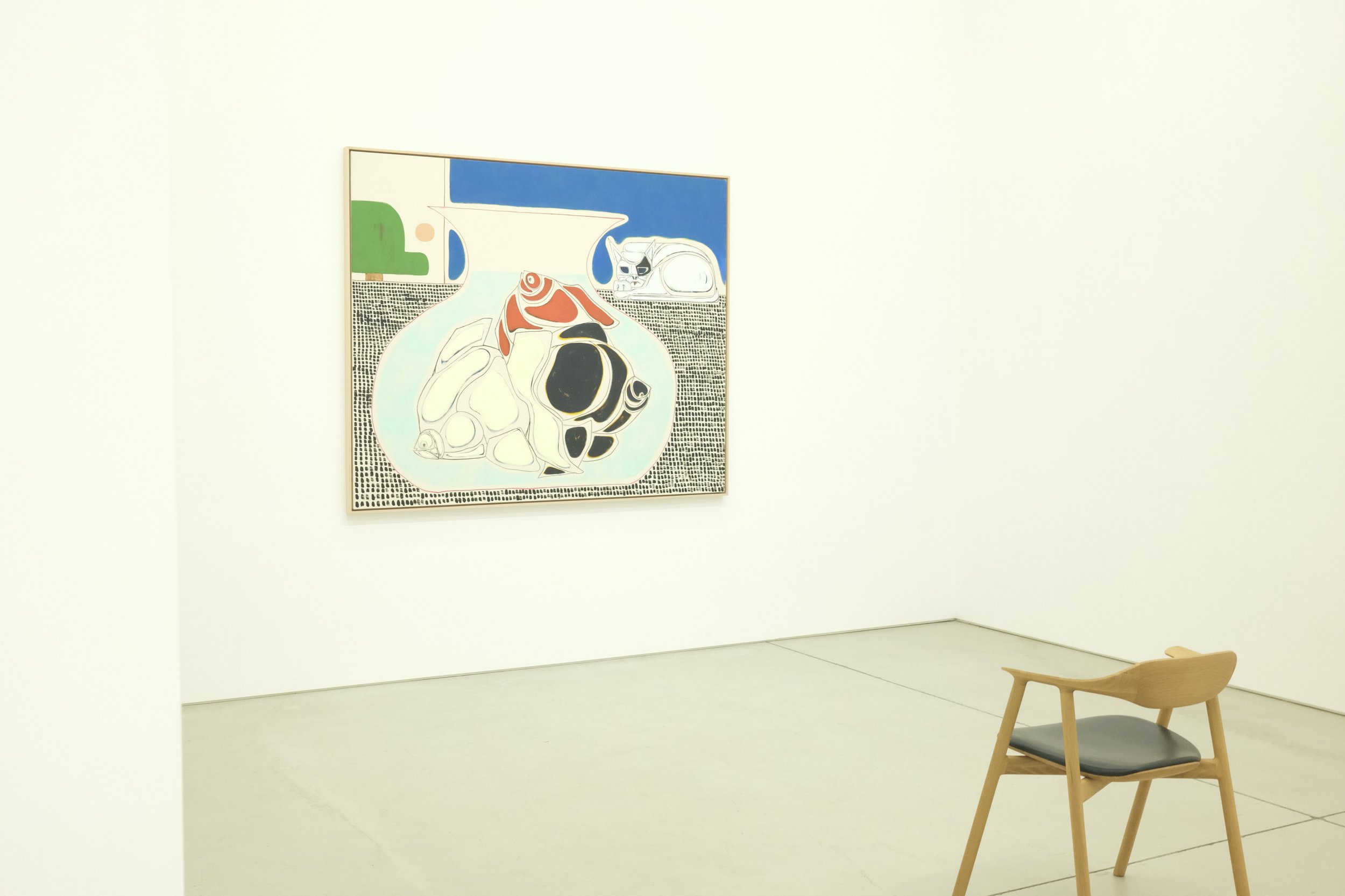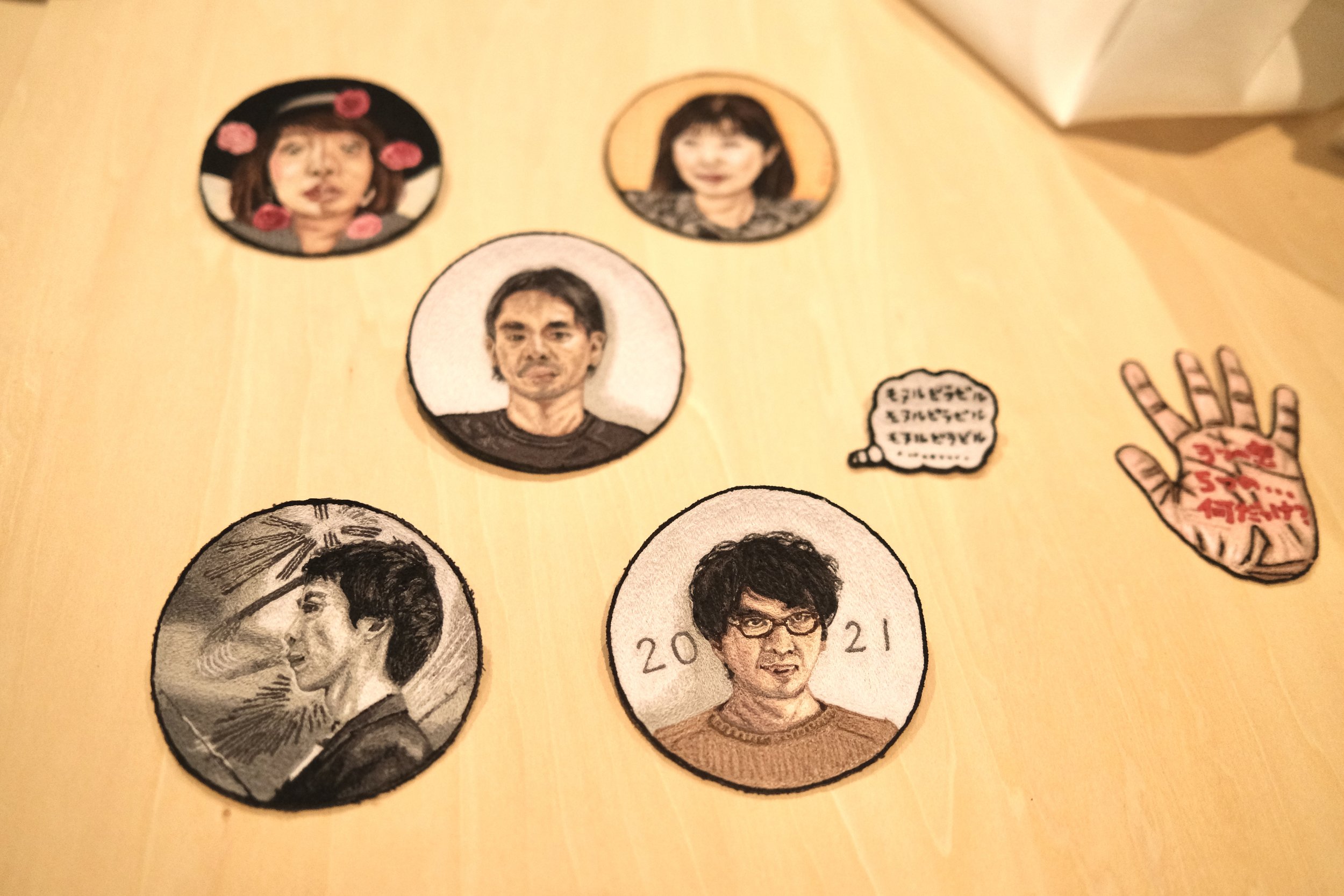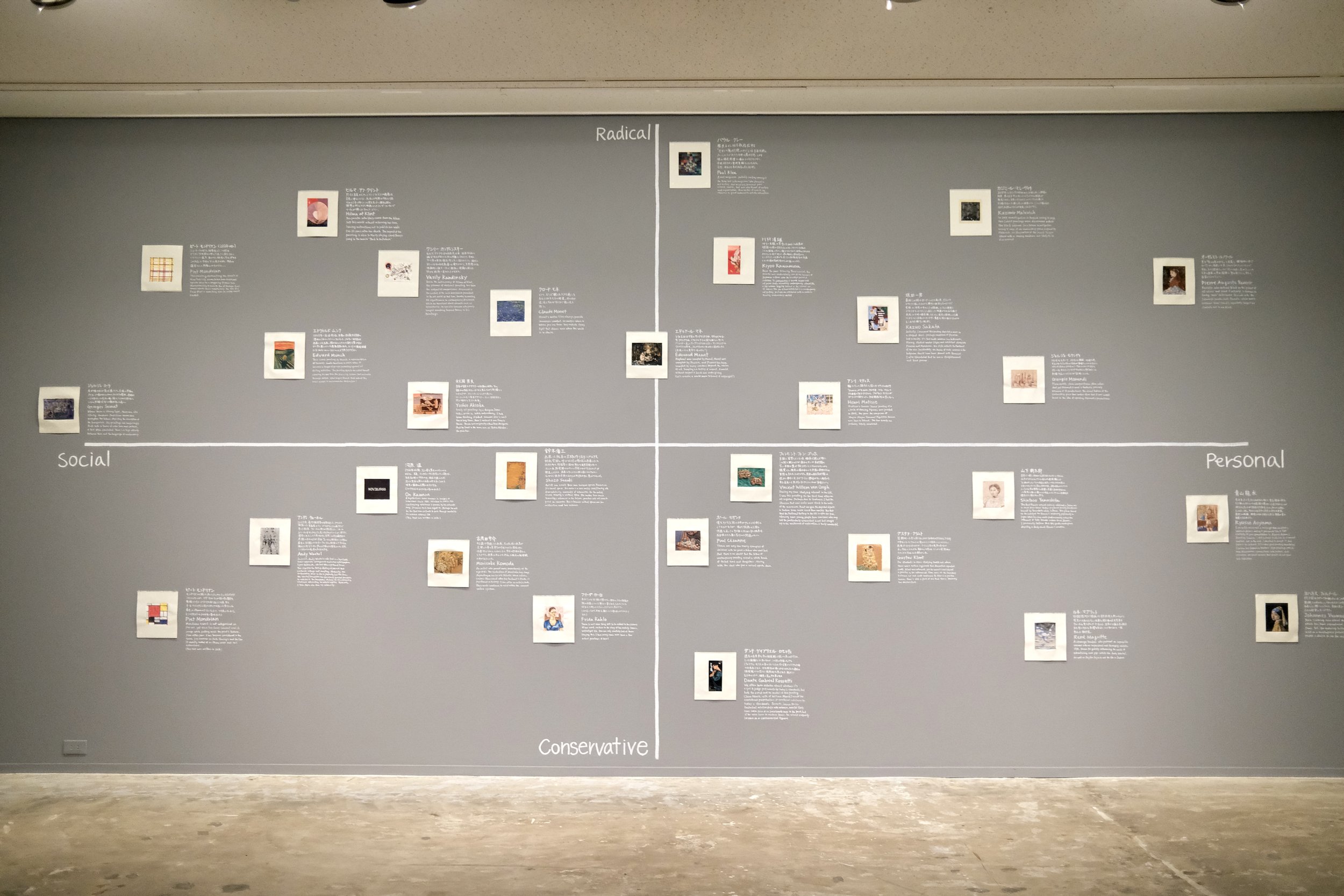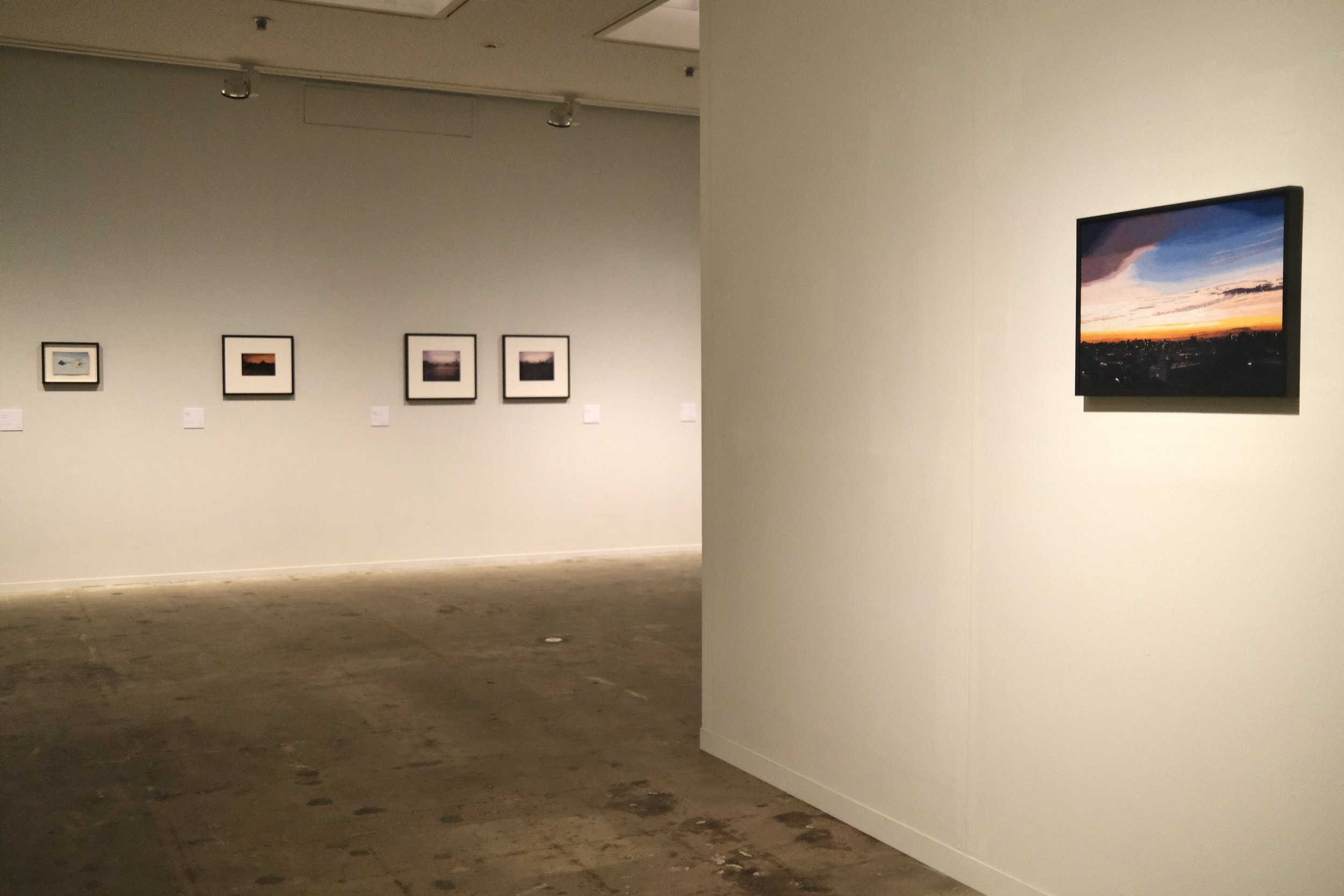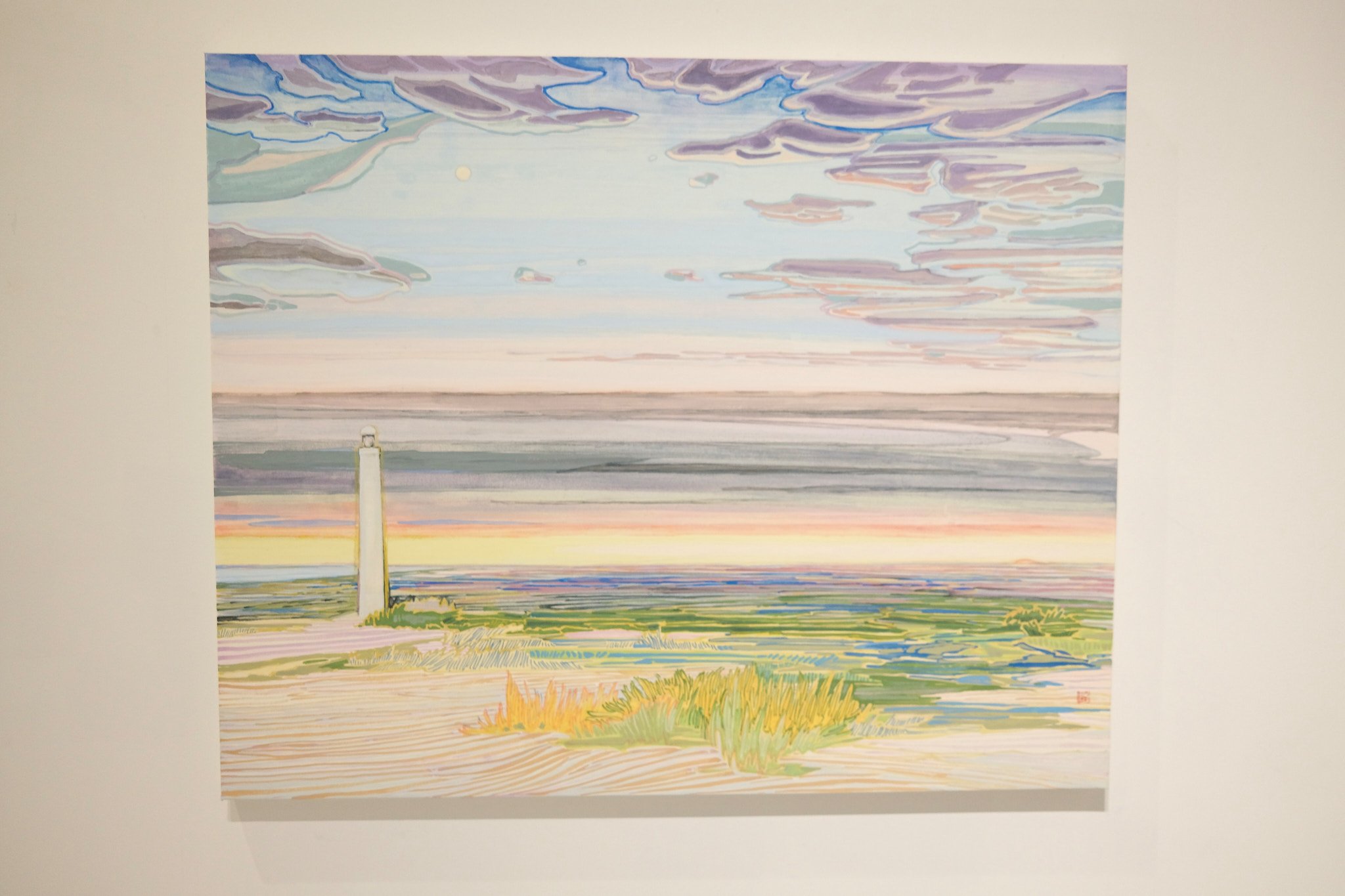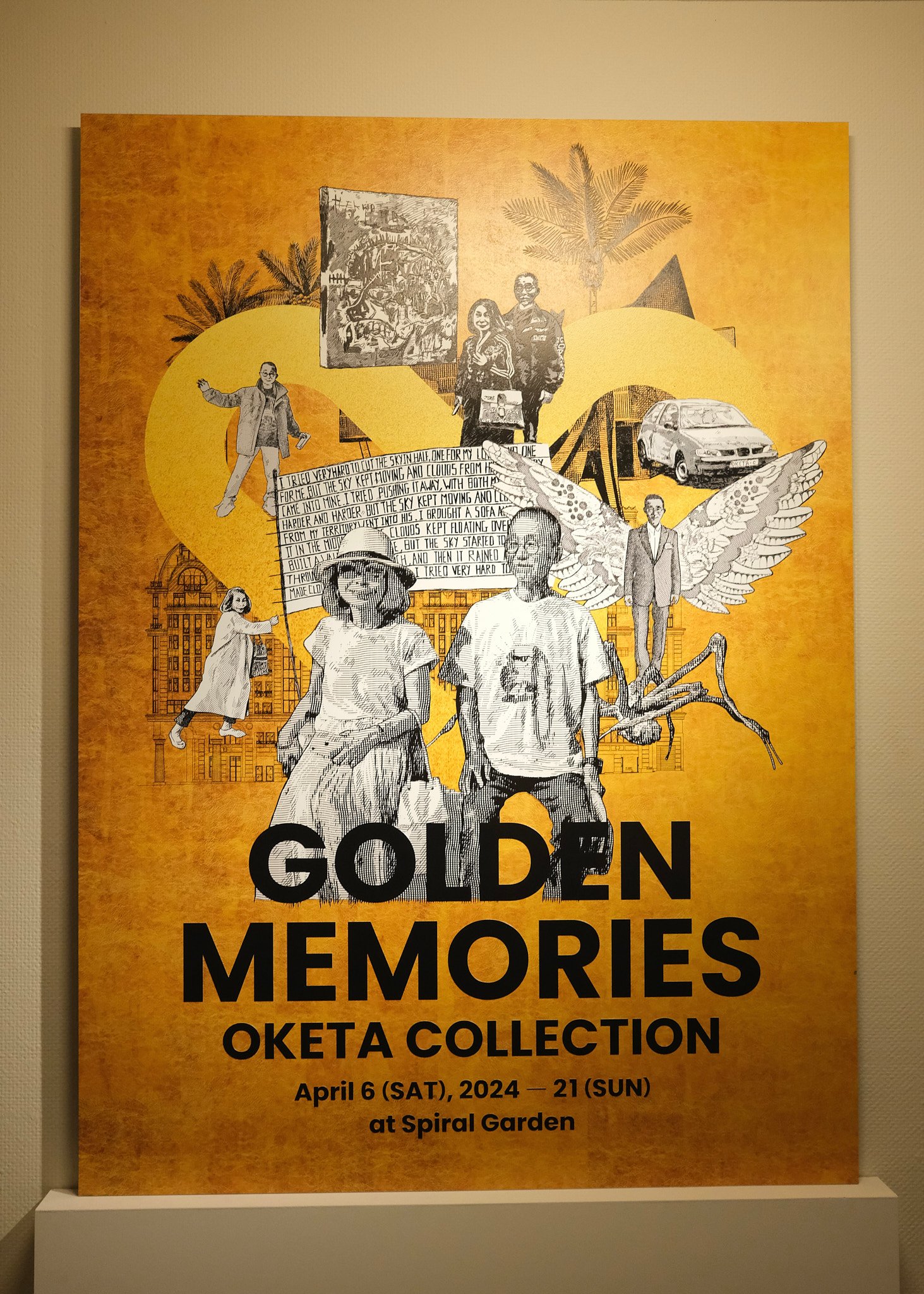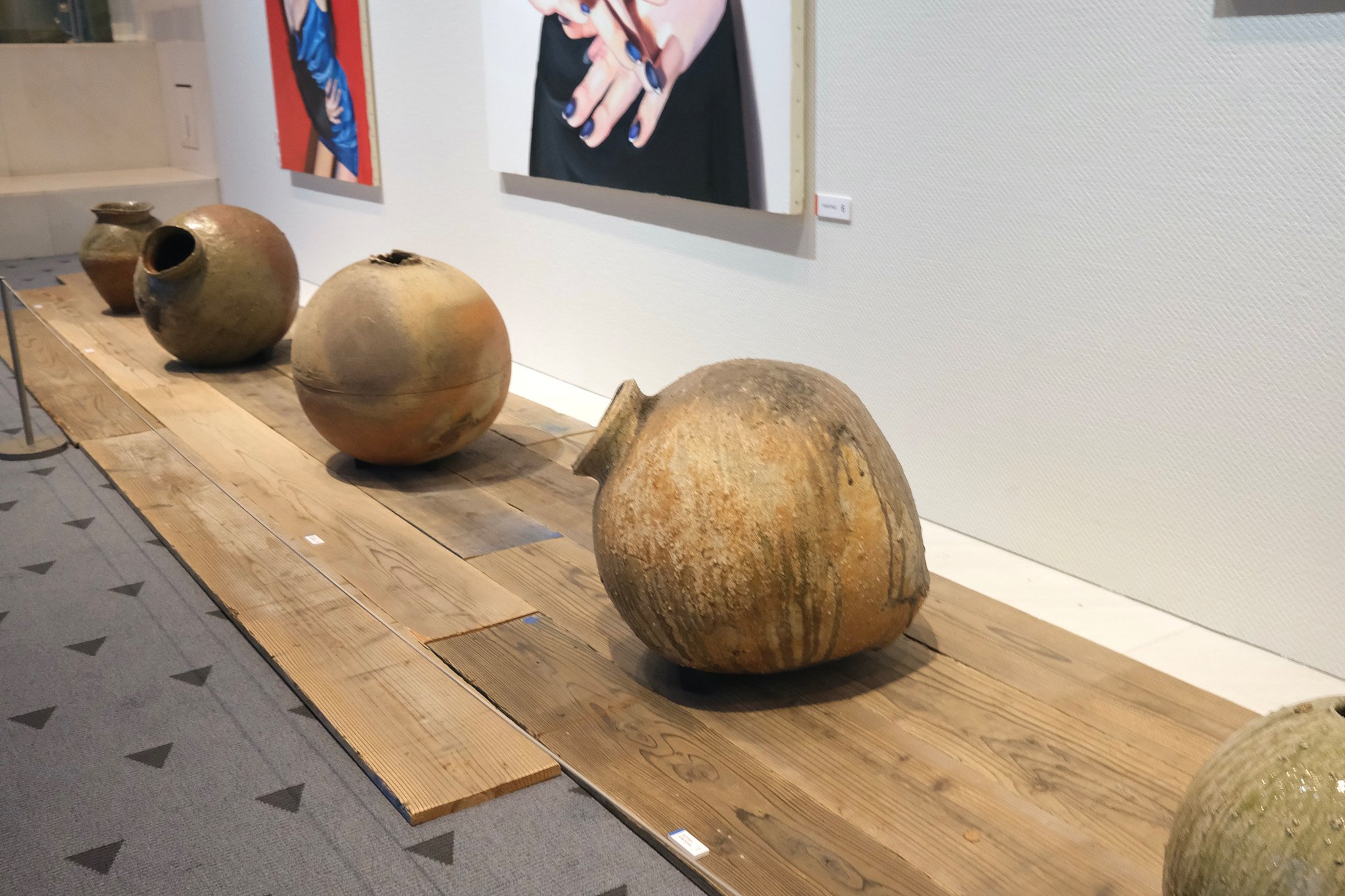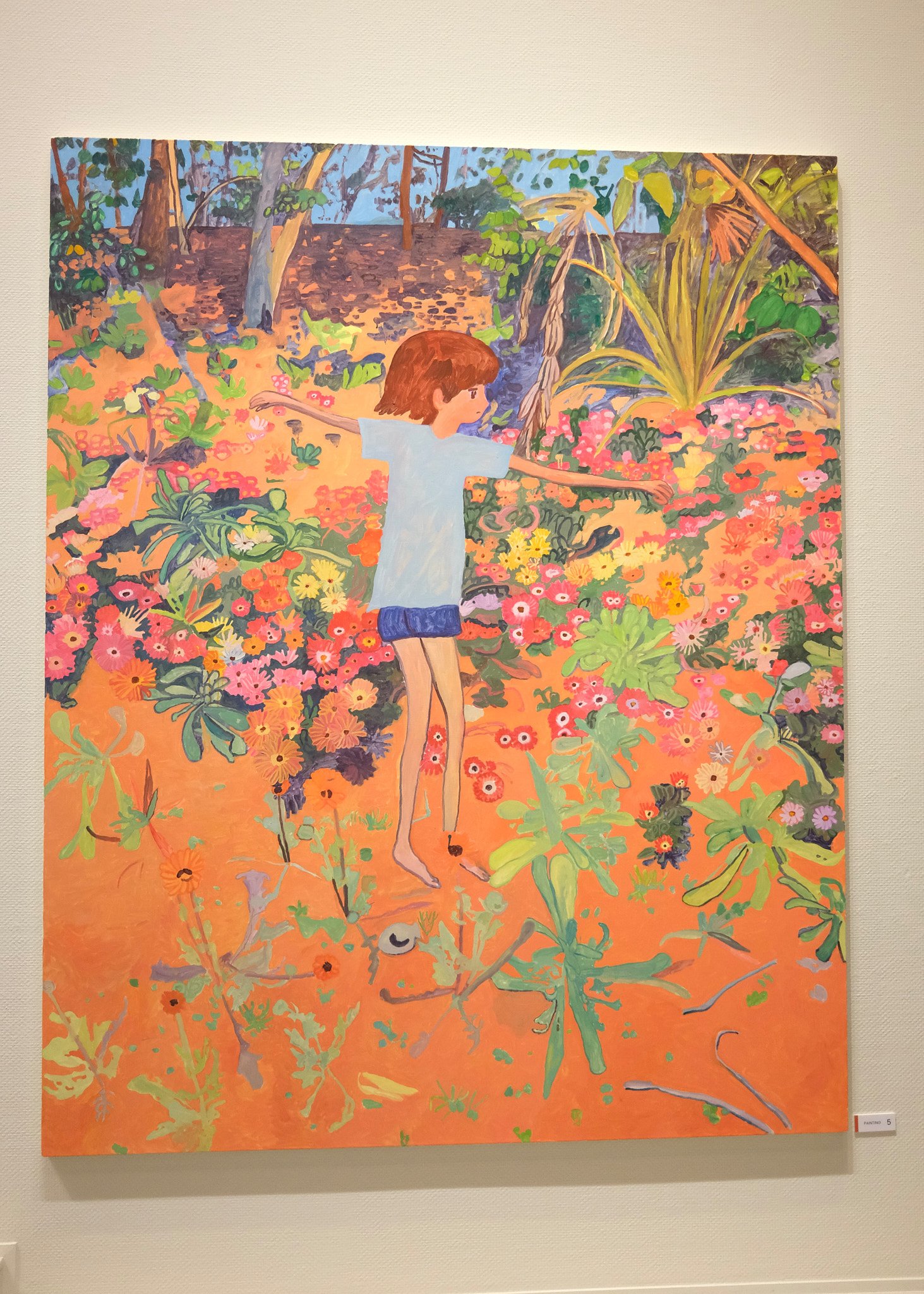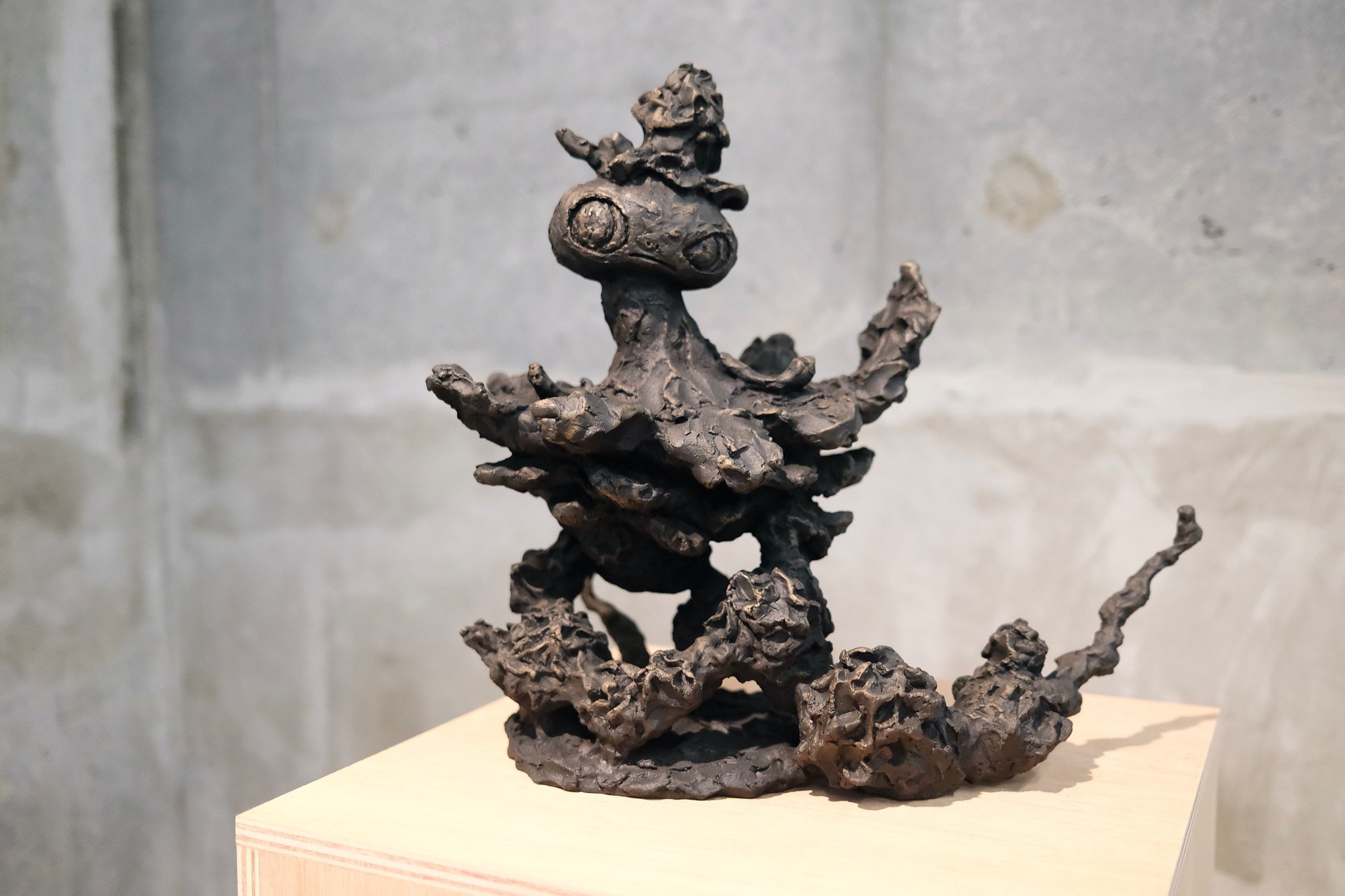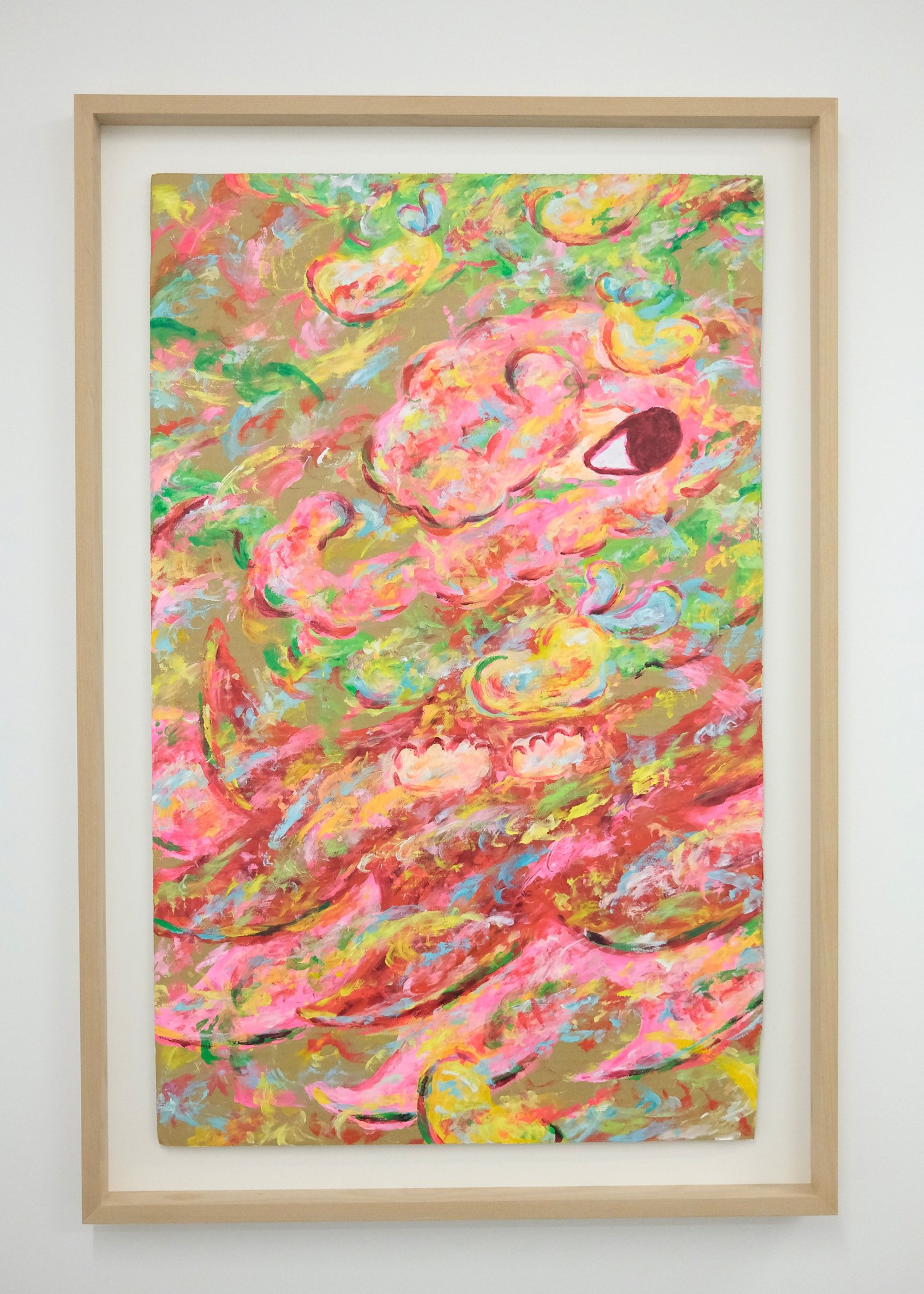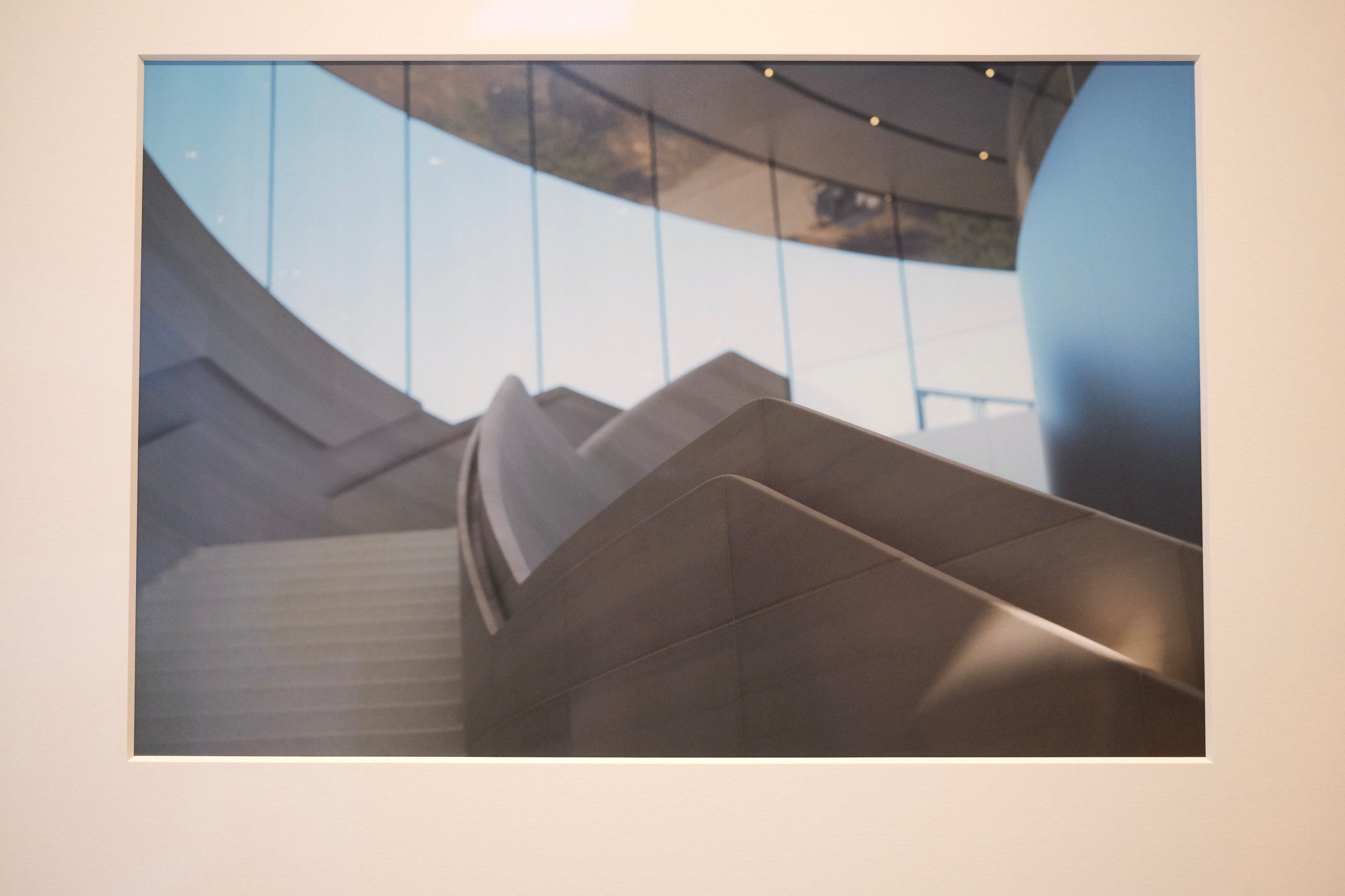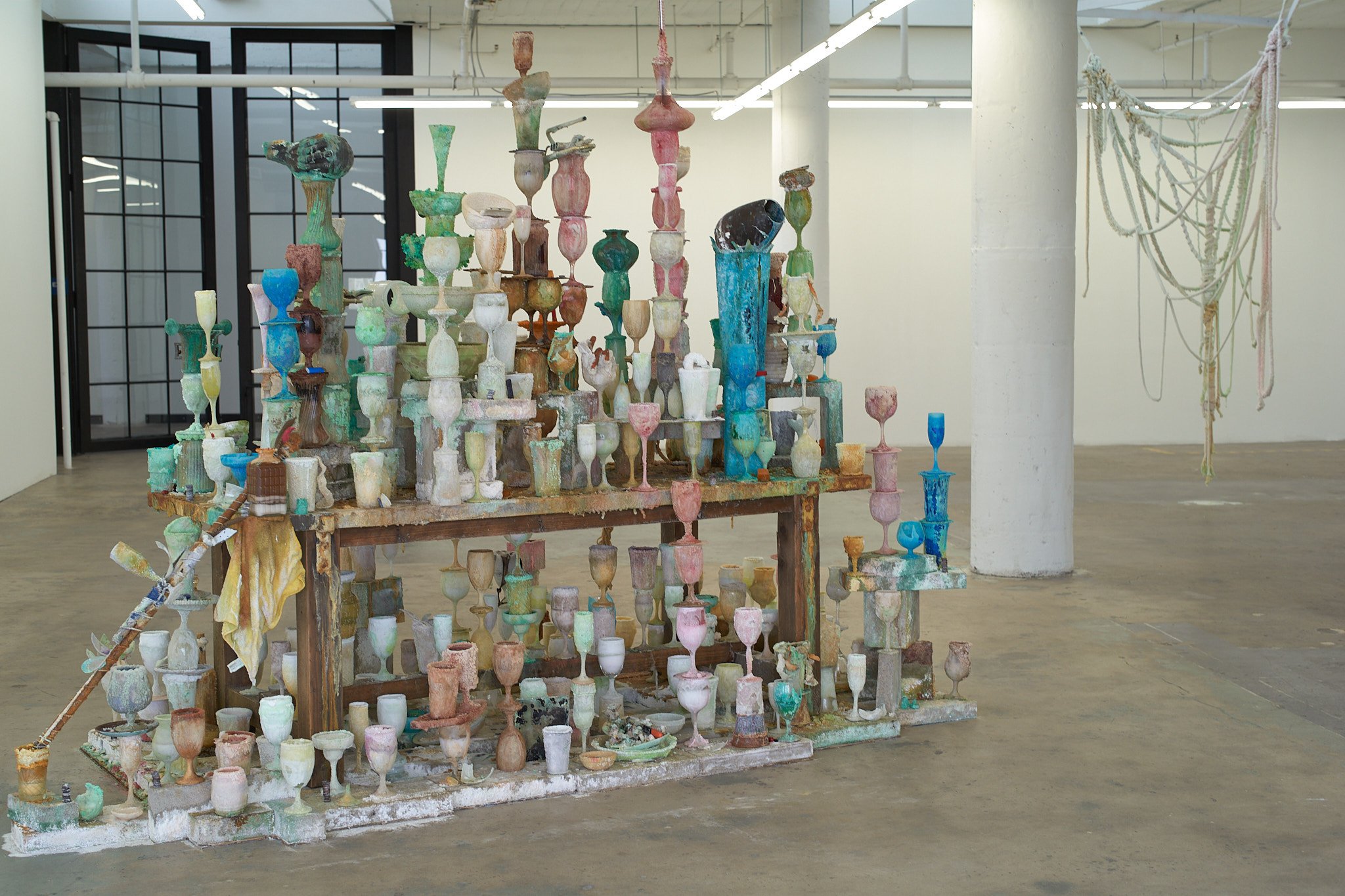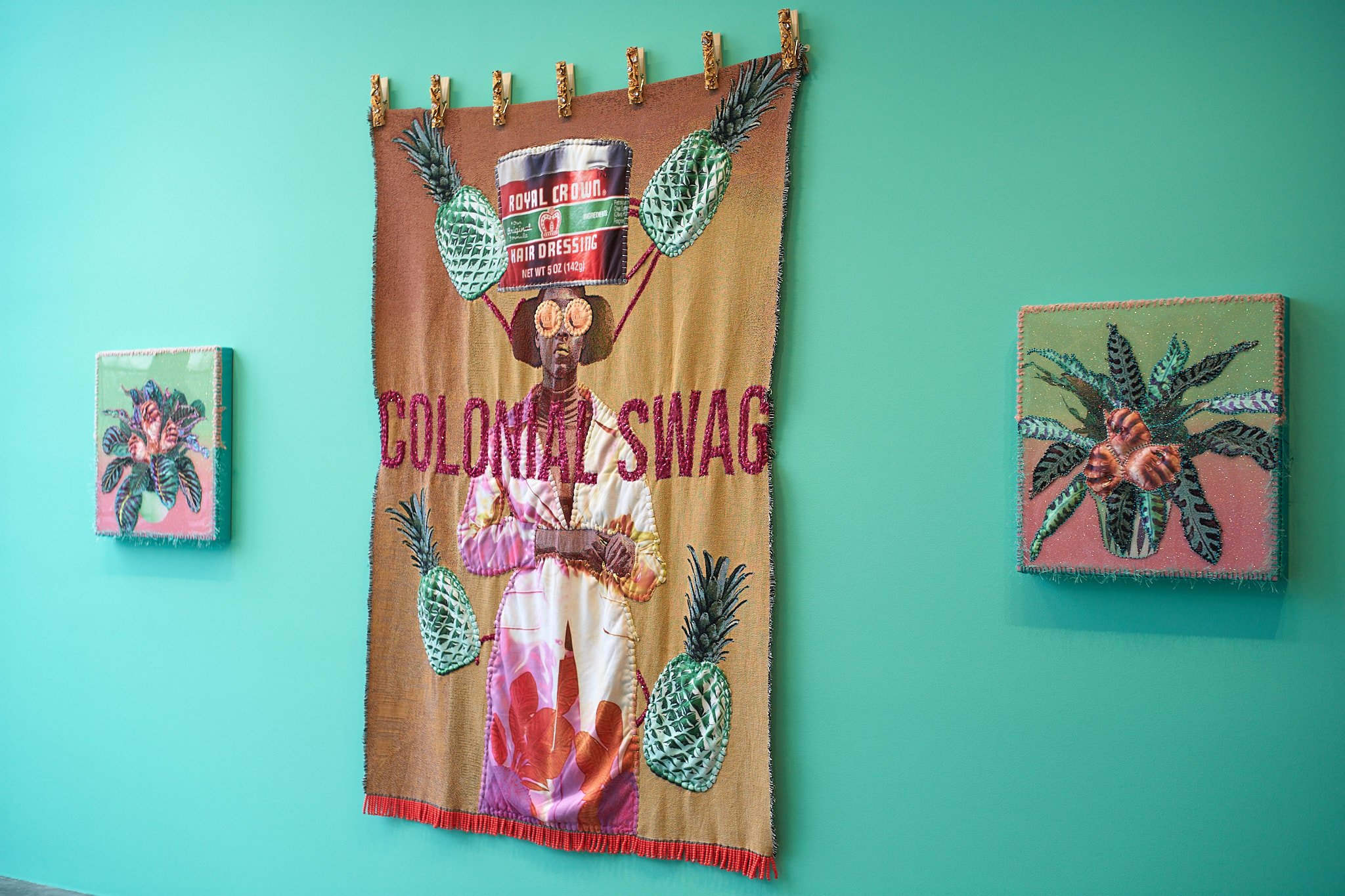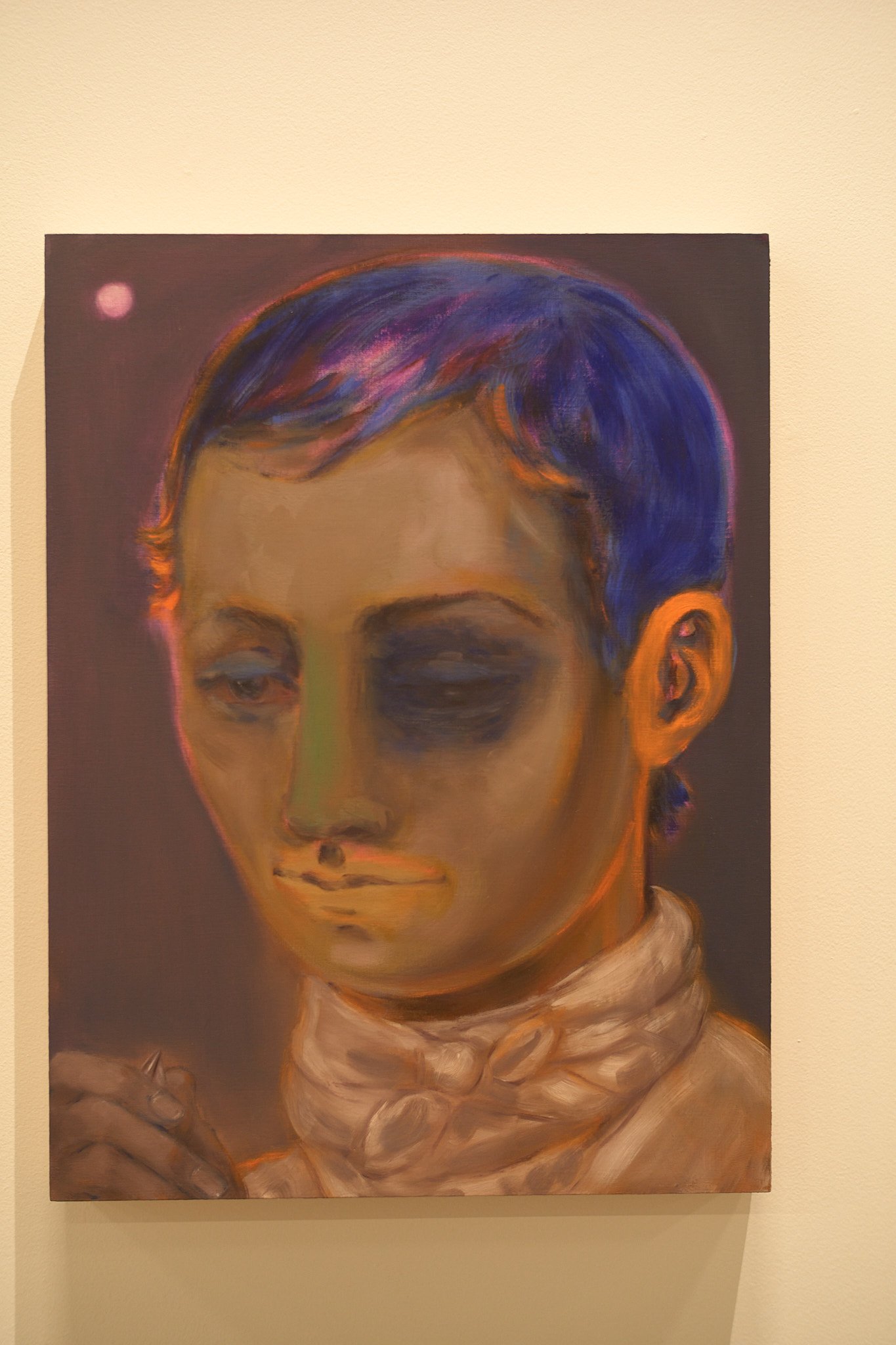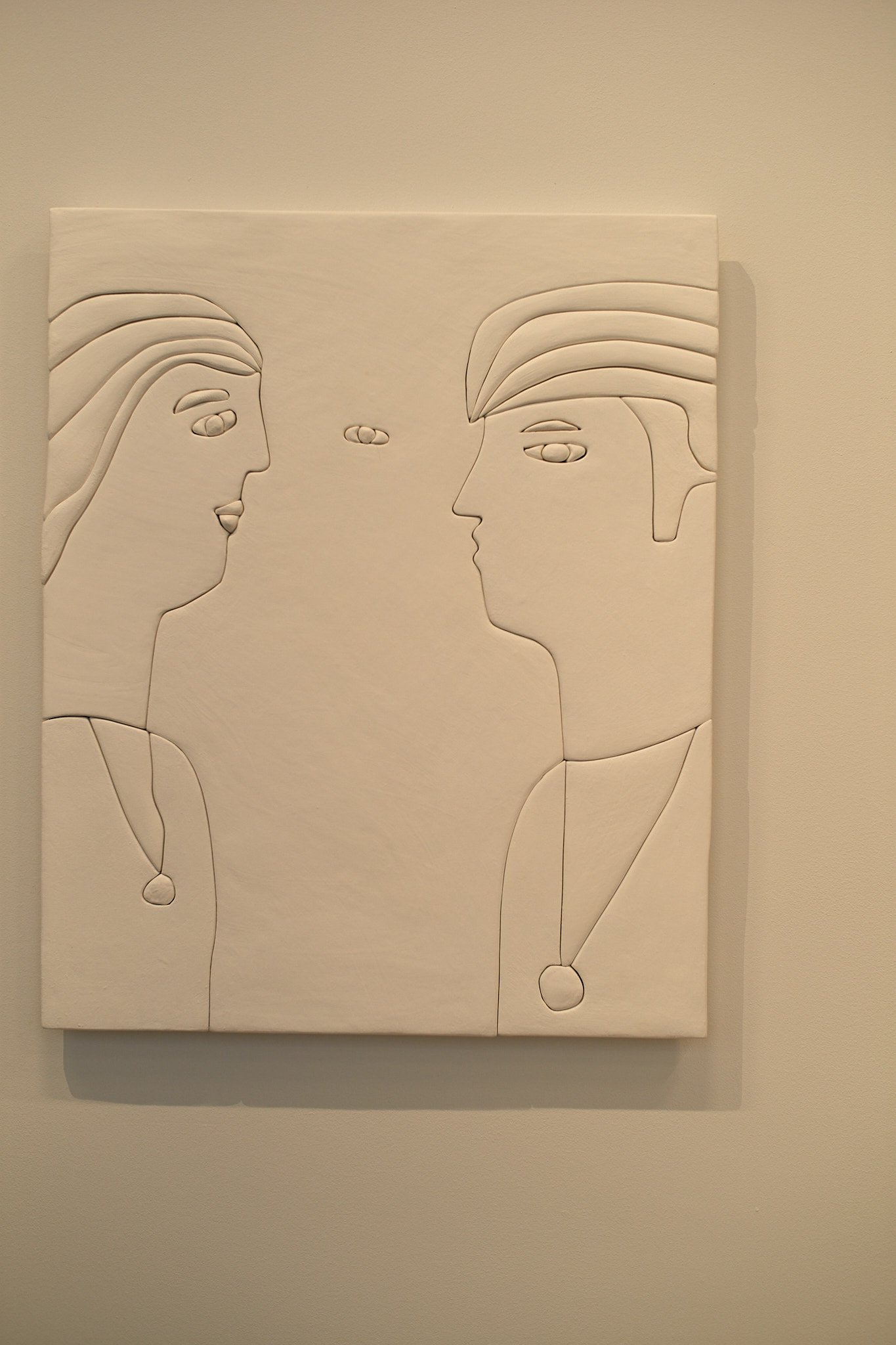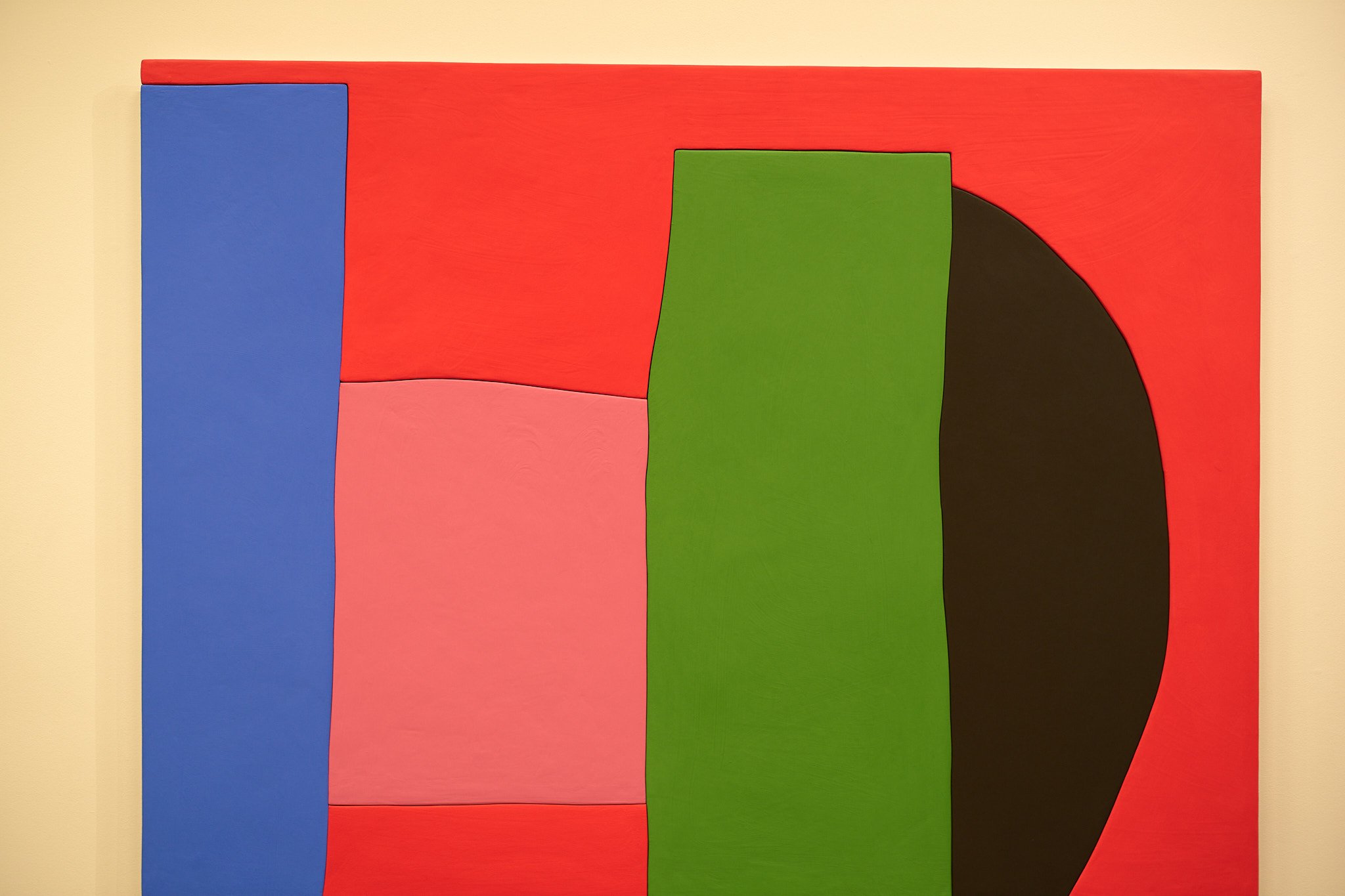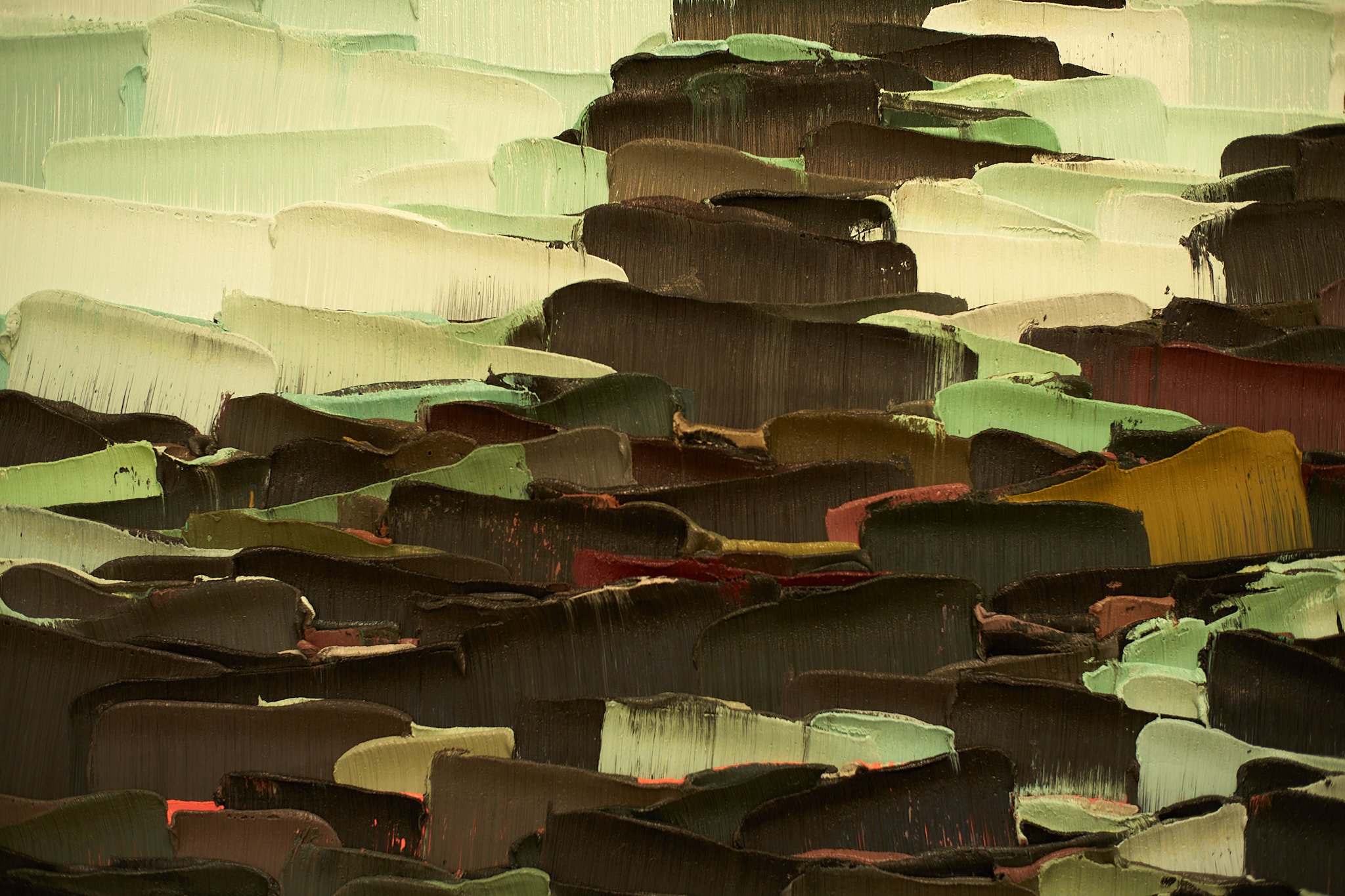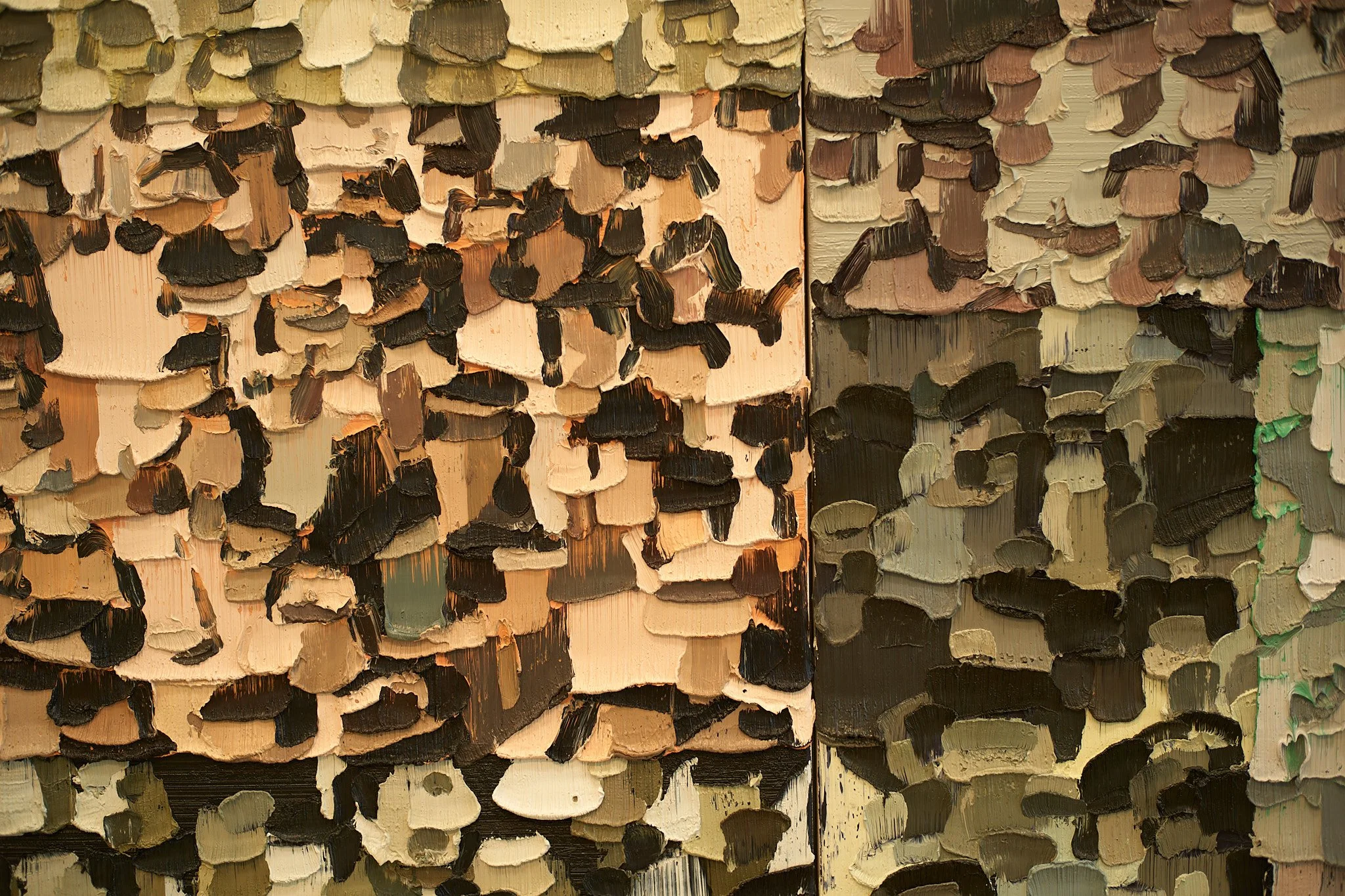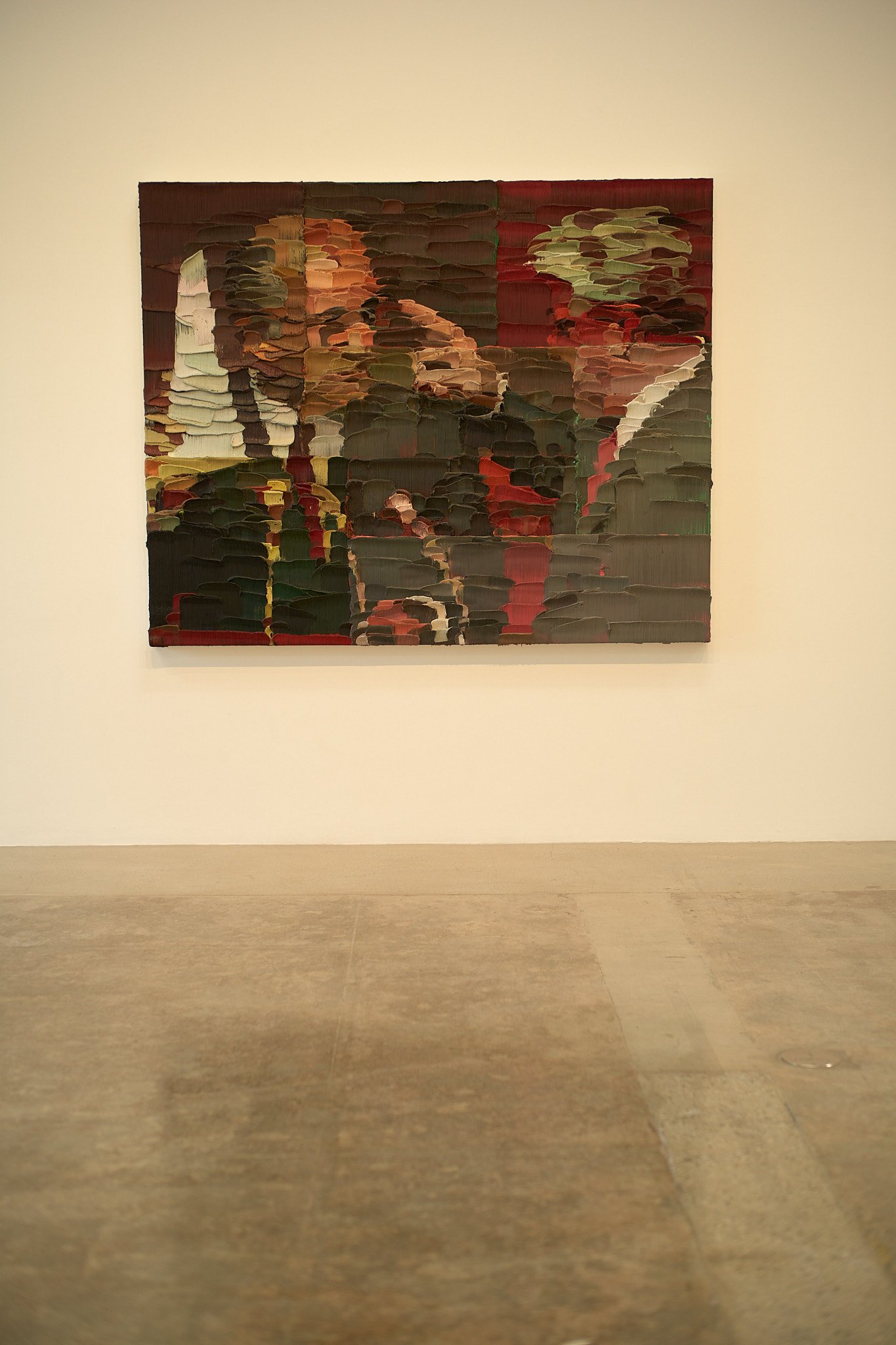Shingo Francis
Satoru Aoyama
Miyuki Tsugami
Biennale Arte 2024 - Giardini Germany

















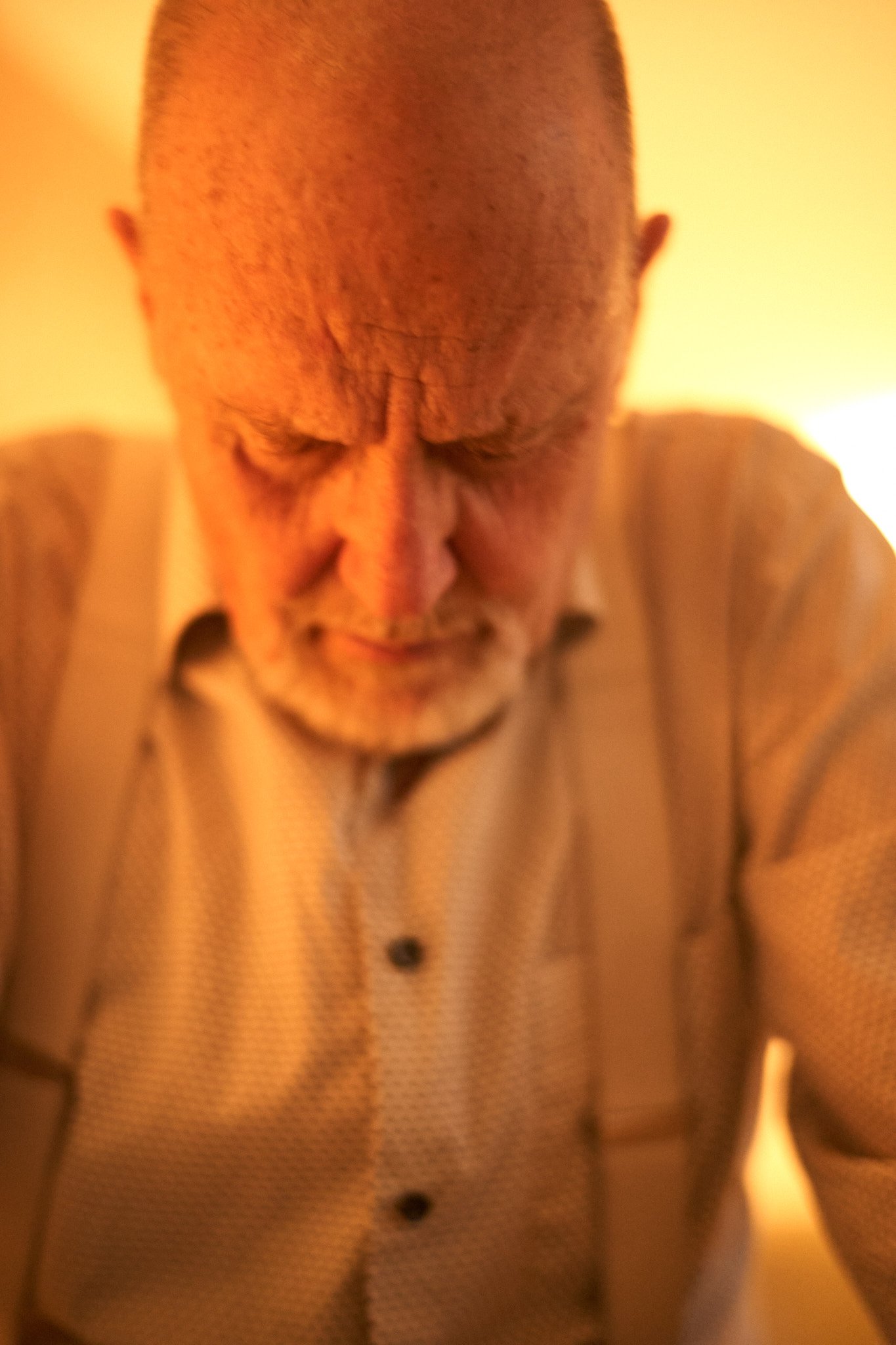










































































Oki Junko - Promise
Kosaku Kanechika Tokyo
A NEW HISTORY OF WESTERN ART by Koenraad Jonckheere
A NEW HISTORY OF WESTERN ART by Koenraad Jonckheere
page15
[[A NEW HISTORY OF WESTERN ART]], [[Koenraad Jonckheere]], page 15, introduction
The opening up of the discipline of art history in the twentieth century provides the basis for how this book is structured. Art history took off in the previous century, with increasingly frequent attempts to explain artistic developments from new and interdisciplinary angles. These innovations relied on a succession of big names: art historians who creatively scrutinised the history of their own field before thoroughly transforming it. Some of them - Heinrich Wölfflin or Max J. Friedländer, for instance - developed classic models for the study of style and authenticity, while others presented new interpretative concepts and structures. One such was Aby Warburg, who pioneered iconology - an innovative discipline that evolved out of iconography, with the goal of interpreting visual language within a broad context. Furthermore, the focus of art historiography has shifted in recent decades away from the relationship between artist and artwork toward reception aesthetic' (the way the work has been received by the public over the centuries) on the one hand and 'technical art history' (the study of the material and technical characteristics of the objects) on the other.
The fresh interest in an artwork's various layers of meaning ranged from the elementary analysis of their iconography through to their complex contextual interpretation. In pursuing that interest, the aforementioned art historians were among those who, from the twentieth century onwards, consistently drew on insights from other academic disciplines: economics, the history of science, neurology, sociology, anthropology, religious studies, chemistry, mathematics etc. As a result of this, art history is no longer purely 'historical' (based on source research) or formalist (stylistic history), but has transformed itself into a Bildwissenschaft, the study of visual culture. In this way, art has increasingly been examined from entirely new perspectives, with the emphasis in many cases no longer on aesthetic value but rather on the way in which its visual language functions within a given culture and context. This tendency has been reinforced by the steadily advancing visualisation of communication in the twentieth and twenty-first centuries. Today's newspaper front pages are filled with photographs rather than text. Images capture the stories told on social media, with millions of photos and videos uploaded to the Internet every day. In this digital world, even the physical relationship with the material object seems to be disappearing. Aesthetic images flash by and seldom appear in physical form any more. Prolonged contemplation has given way to fleeting stimuli.
This book considers art as a catalyst. the object that absorbs meanings and history and drives the chemistry of thought processes. Separate from the aesthetic experience or intriguing concept alone, art is the materialisation of new technologies, the visualisation of new societal paradigms or even the financial valorisation of a perception. Art is the instrument of politics and religion, the pacesetter
of revolutions and the spark that triggers extreme reactions, such as image-smashing. Art is a visual idiom, the vehicle of unlimited meaning but, above all, an exceptionally powerful form of communication, all with a touch of magic, as Johannes à Porta recognised.
The book does not agree in this sense with Ernst Gombrich's famous statement that 'There really is no such thing as Art. There are only artists? To claim the opposite would be going too far, but the least we can say is that it is the works of art that call the shots. They are first and foremost wonderful objects in which an infinite number of stories that appeal to the imagination cohere. The upshot of this is also that beauty and taste are not the be-all and end-all either; they are merely one link in a complex of factors.
Yoriyas (Yassine Alaoui Ismaili) "Casablanca Chess Cafe" Exhibition
Venue: agnès b. Gallery Boutique La Fleur Minami Aoyama 2F, 5-7-25 Minami Aoyama, Minato-ku, Tokyo
Dates: Saturday, April 20, 2024 - Sunday, May 12, 2024
*Closed on Monday, April 22nd. Hours: 12:00-19:00
Berlinde de Bruyckere - La Biennale di Venezia Collateral
Japanese Painting Bloom
OKETA COLLECTION 2024「Golden Memories」
“ALL RIGHT BITE” by Ayako Rokkaku
Hiroshi Fujiwara: ambnt 旅、仕事、環境、を切り取る - LEICA Tokyo
2024年4月12日(金)- 7月28日(日)
ライカギャラリー表参道 (ライカ表参道店2F)
LEICA Omotesando
Jorge Peris: Permafrost
April Bey I Know All About What You Want to Know All About
Aly Helyer Everything is Borrowed
April 6 — May 18, 2024
VIELMETTER Los Angeles, Gallery III
Sadie Benning The Touch, the Amulet and the Saltation
A NEW HISTORY OF WESTERN ART by Koenraad Jonckheere
page13
To explain the nature of art, (Johannes) à Porta (D’net Der Beeltstormers, The Net of the Iconoclasts, 1591) came up with an affecting metaphor. Imagine a young woman, he wrote, recently married and still deeply in love. But her husband must go to war (an everyday reality in 1591). He will be gone for months at least and might never return. Just before he leaves, he gives her a small portrait of himself - her only keepsake. What happens then, Johannes à Porta says, is magical: the meaning (the declaration of love) merges with the object. You could imprint it on your memory, you could even create a perfect copy, yet the relic value assumed by that original portrait makes it irreplaceable. For the young woman, the likeness of her husband could never be replicated. The panel would become her treasured possession. It is the same reason you carry a crumpled photo of a loved one in your wallet for years and cannot bring yourself to tear it up, even though nowadays you could easily copy or digitise it.
According to à Porta, this is precisely what happens with art: if a powerful connection arises between the meaning of an object and its viewer owner, that meaning will merge with the object itself. The work of art or the image becomes the physical relic of a raw emotion or a compelling memory. Something irreplaceable. Art to à Porta was a question of faith: a work of art becomes important if you believe in its history, its significance, and so forth - in every layer of meaning, in short, that inheres within the object.The stronger the cognitive and emotional bond, the more powerful the effect. It is for the same reason that a mechanically produced urinal can become a world-famous work of art. If it is presented as art at the right time, in the right place, in the right context and by the right artist, the original does not even have to be preserved. I refer, of course, to Fountain (1917) by Marcel Duchamp, which now exists purely in the form of replicas. Yet placed on a pedestal behind glass in the world’s most prestigious museums, even those appeal to the imagination.







